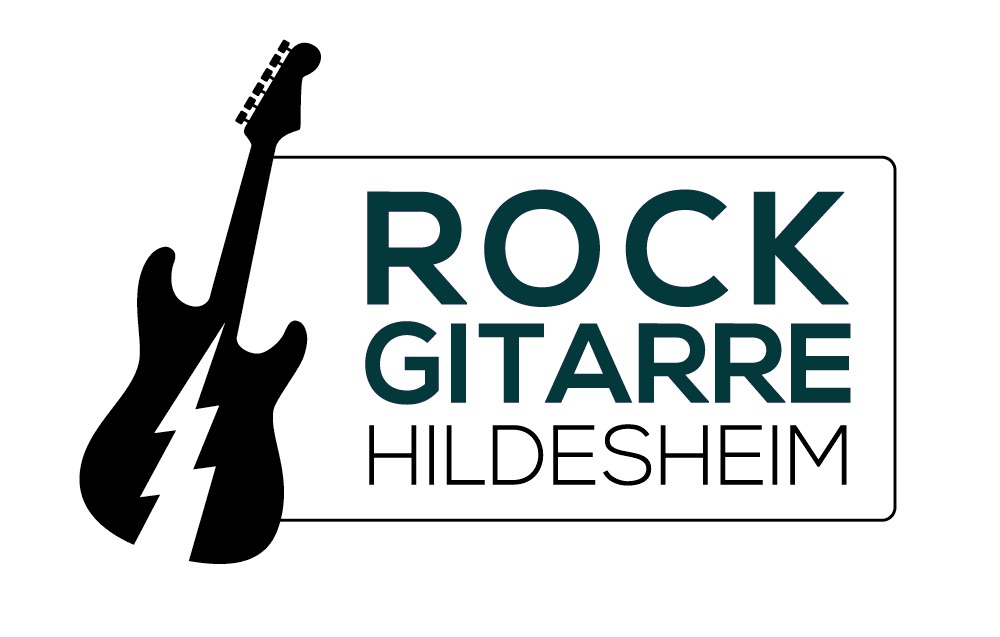by Dennis Winge
Once in a while during a lesson, I’ll ask a student to pretend I’m not there and practice just like they would at home. Almost every single time, my comments after the observance period is the same: “practice in time.” This is the case regardless of level of experience. Beginners, intermediate, and advanced players can all benefit from this.
Music is a time art. Unlike painting or sculpture, where the recipient/ observer/ audience beholds the entire work immediately, music can only unfold in time. A piece of music that is 5 minutes and 21 seconds long cannot be fully appreciated before that 5:21 is up.
Similarly, it would be silly to think that you could go to a classical music concert in which a certain member of the orchestra stands up, announces to the conductor, the audience and his or her fellow musicians that he or she made a mistake and proposes that they back up a few bars in order to correct it. Although everyone agrees that this is absurd, this is the dynamic you are invoking when you stop and go back to correct something.
There are times, to be sure, when you should stop the clock and work out a particular fingering, exercise, phrase, etc. In this manner, there is no pulse, no regular rhythm to break. You are outside of time. Typically, this is only a small portion of practice time. You ‘learn’ the content very quickly compared to the time it takes for your muscles to really know it and be able to play it on demand at any time in the future.
Once you have gotten the phrase under your fingers, playing it in time is much more effective than not. Further, playing a piece ‘in time’ in certain sections yet allowing yourself the luxury of going back to correct mistakes greatly undermines your progress. Let’s take a few examples.
1. Sight-reading – Even if you don’t read music, the process is what’s important to understand, so don’t skip this section. As for details, I have another article on this called “Self-Managing Your Reading Studies,” but I will summarize here: a) before you play, quickly look over the form of the tune and see if there is anything unusual about it, like a weird phrase or super-high or low note, etc. b) play the piece all the way through without stopping c) look only at what you missed the first time around and just quickly go over them (don’t practice them yet) d) read the whole piece again without stopping e) if you missed the same spots again, now it’s time to practice them.
As to how to practice those spots, you may have to, again, do so freely i.e. not in time, but once you get the phrase, build it up to tempo slowly by a) knowing what your goal tempo is b) knowing what your current tempo is c) doing 4 repetitions correctly at your current tempo with a metronome before you take it up a few clicks d) keep a journal or circle the phrase in pencil with the date and your current speed for that phrase, or keep a journal to keep track of such progress.
2. Strumming chords – When switching chords, the obvious place to put your attention is the fretting hand. You want to make sure those chords are played correctly, right? What if I told you there was a much faster way? I know it’s counterintuitive, but if you focus on the strumming hand instead and refuse to let it wait for the fretting hand to be ready with its appropriate chord, you will be practicing in time, which is much better for many reasons: a) you can hear how it’s supposed to sound even if it’s slow b) you will feel a sense of momentum in your body c) your fretting hand will get to the chord much quicker than if you gave it time by letting the strumming hand stop.
This last point is similar to ‘cramming.’ If you have ever procrastinated on an essay or project that was due, only to pull it off in the last few hours before it was due, then you know that there is some benefit to external pressure. We respond in times of pressure simply because we have to. In switching chords, the fretting hand makes the changes much faster because it has to.
Two caveats here, though: 1. The strumming hand needs to go slow enough that the fretting hand can still hang on, and the ideal tempo is a little bit of a stretch beyond the fretting hand’s comfort zone, but not too far. 2. For the fretting hand, decide what finger will go down on each chord and correct as you go along. (And whatever you do, do not stop the strum pattern!) It may be imperfect but it’s playing music, as opposed to just making chords.
It takes practice. It takes self-discipline. It takes developing your ears to listen beyond what your hands are doing and your overall sense of rhythm if you are going to practice with a metronome. It takes time, but music is a time art.
About the author: Dennis Winge is a professional guitarist living in New York with a passion for vegan food and bhakti yoga. If you are interested in taking Guitar Lessons in Newfield, NY, then be sure to contact Dennis!
